Archives
- 2025-12
- 2025-11
- 2025-10
- 2025-09
- 2025-03
- 2025-02
- 2025-01
- 2024-12
- 2024-11
- 2024-10
- 2024-09
- 2024-08
- 2024-07
- 2024-06
- 2024-05
- 2024-04
- 2024-03
- 2024-02
- 2024-01
- 2023-12
- 2023-11
- 2023-10
- 2023-09
- 2023-08
- 2023-07
- 2023-06
- 2023-05
- 2023-04
- 2023-03
- 2023-02
- 2023-01
- 2022-12
- 2022-11
- 2022-10
- 2022-09
- 2022-08
- 2022-07
- 2022-06
- 2022-05
- 2022-04
- 2022-03
- 2022-02
- 2022-01
- 2021-12
- 2021-11
- 2021-10
- 2021-09
- 2021-08
- 2021-07
- 2021-06
- 2021-05
- 2021-04
- 2021-03
- 2021-02
- 2021-01
- 2020-12
- 2020-11
- 2020-10
- 2020-09
- 2020-08
- 2020-07
- 2020-06
- 2020-05
- 2020-04
- 2020-03
- 2020-02
- 2020-01
- 2019-12
- 2019-11
- 2019-10
- 2019-09
- 2019-08
- 2019-07
- 2019-06
- 2019-05
- 2019-04
- 2018-11
- 2018-10
- 2018-07
-
About three weeks later the patient visited our outpatient
2025-01-20
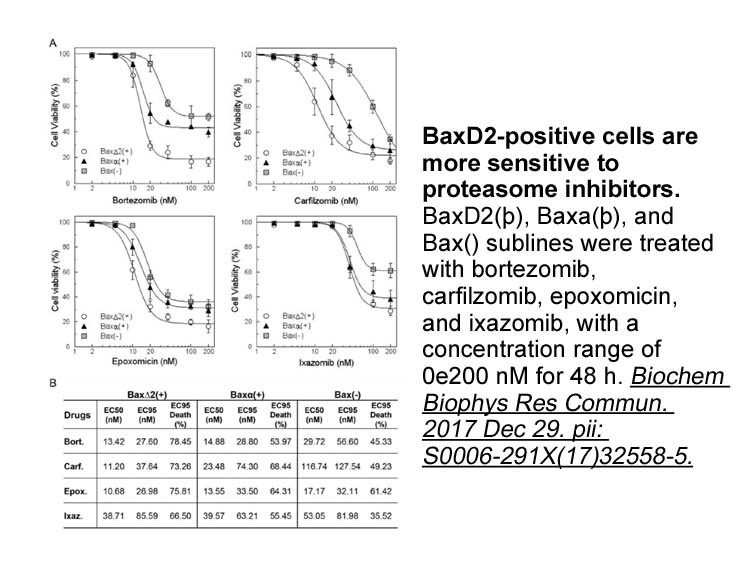
About three weeks later, the patient visited our outpatient clinic complaining of gingival bleeding and pus discharge. In clinical examination bone exposure was observed in both mandibular posterior regions and bone necrosis had developed surrounding the #35=37 and 46, 47 implants installed 6 years
-
First the complete canonical brain
2025-01-20
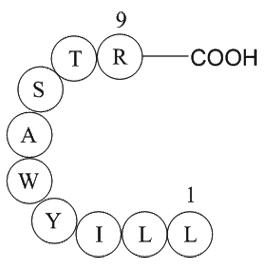
First, the complete canonical brain original RAS (Angiotensinogen, Renin, Angiotensin I, Angiotensin Converting Enzyme (ACE), Angiotensin II) has not been conclusively identified in any specific cell type within the brain [1]. Validated evidence for the presence of brain Angiotensinogen and ACE was
-
To the best of our knowledge
2025-01-20
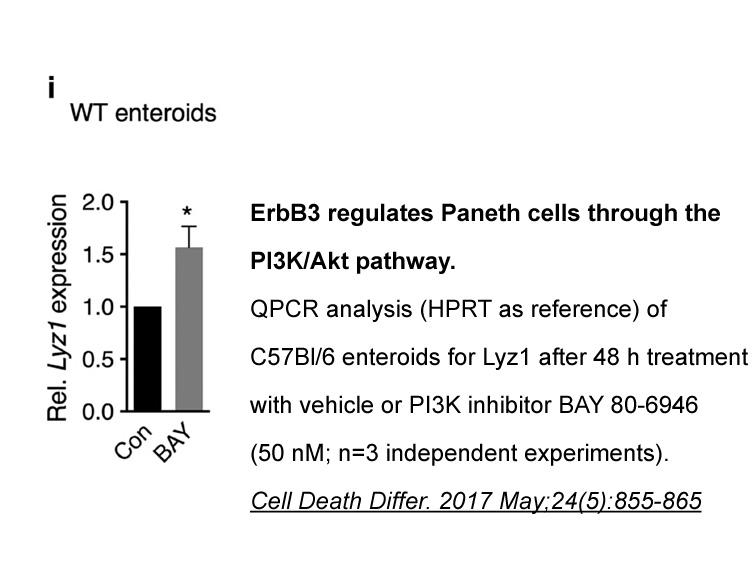
To the best of our knowledge, this is the first study documenting the SCC modulatory effect at central and kidney level on the shift in the vasoconstrictor-vasodilator ratio of mRNA expression of angiotensin receptors toward vasoconstriction in XY-SCC and/or vasodilation in XX-SCC mice. From these r
-
From a clinical utility standpoint this study showed
2025-01-20
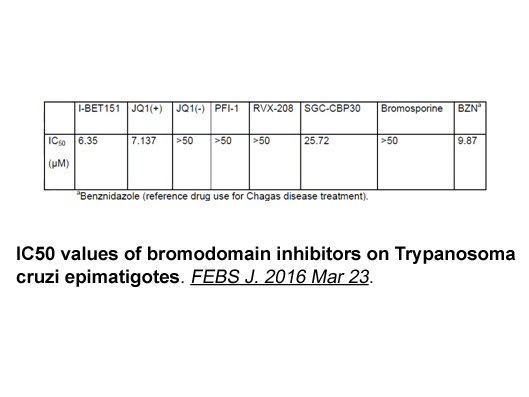
From a clinical utility standpoint, this study showed that AR can be useful in the GATA3-positive tumor of unknown origin setting. Epidemiologically, in this setting, the top 2 diagnoses in the differential diagnosis are metastatic carcinoma of breast origin or urothelial origin [18]. Seven out of 1
-
br Acknowledgements This work was supported by
2025-01-20
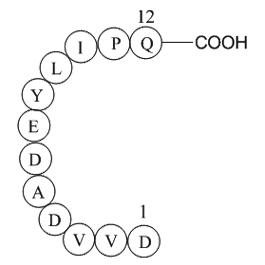
Acknowledgements This work was supported by National Natural Science Foundation of China (Nos. 21376172, 21528601 and 21621004) and the Natural Science Foundation of Tianjin from Tianjin Municipal Science and Technology Commission (Contract No. 16JCZDJC32300). Introduction Alzheimer’s disease
-
The proposed formulation is however challenging to solve sin
2025-01-20

The proposed formulation is, however, challenging to solve since the structured sparsity-inducing norms are non-smooth. In order to solve the new objective function, we consider two different approaches: proximal averaging, which takes the average the solutions from the proximal operator for the ind
-
The anorexic effect observed when AR
2025-01-20
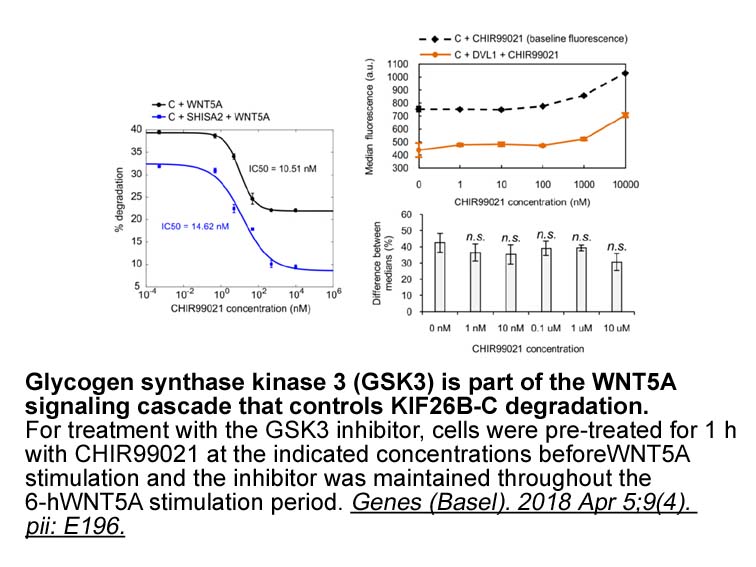
The anorexic effect observed when AR231630 is infused into the VTA could be the result of the DA release inhibition, as previously described [11]. However, there is also a hedonic aspect in feeding that possibly involves dopaminergic mechanisms of reward. Helm et al. showed a functional link between
-
thymidylate synthase inhibitor Osteoblasts have been thought
2025-01-18
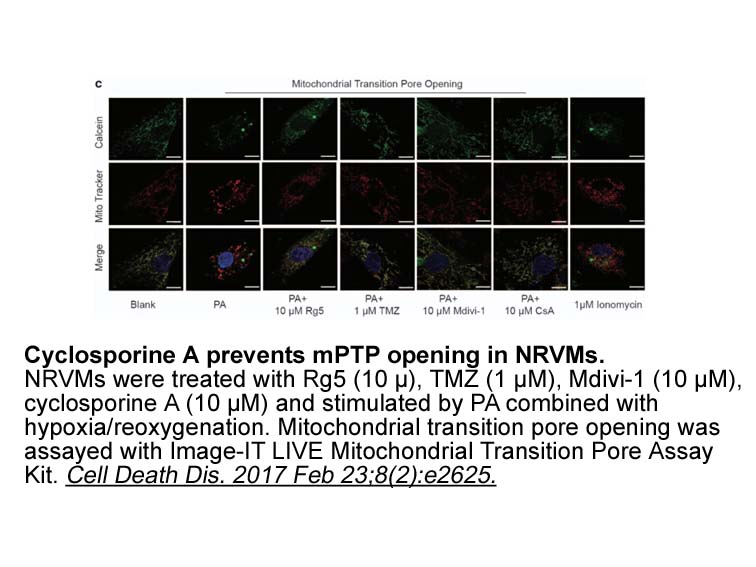
Osteoblasts have been thought to be the major cell type that expresses RANKL (Suda et al., 1999) which is a ligand for osteoprotegerin (OPG) and which functions as a key factor for osteoclast differentiation and activation. Recently, Nakashima and his colleagues (Nakashima et al., 2011) demonstrated
-
Prostate cancer is the second
2025-01-18
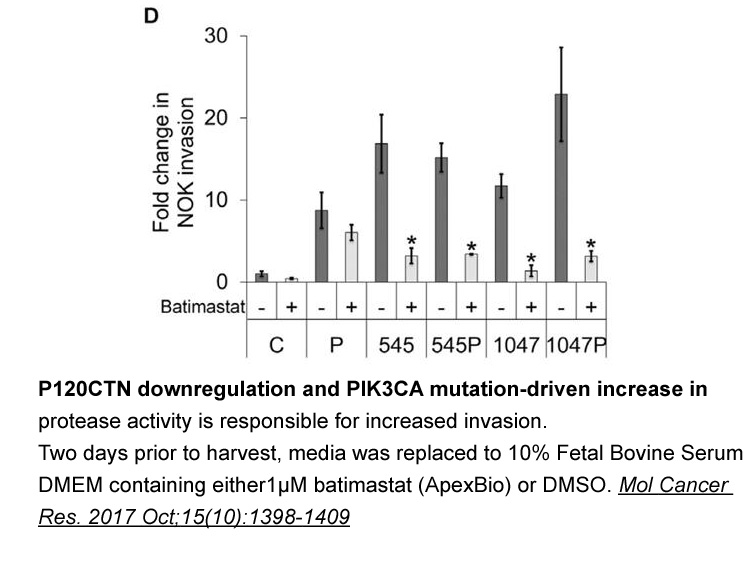
Prostate cancer is the second leading cause of cancer-related death in men in the United States [25]. Similar to pancreatic cancer, prostate cancer has few diagnostic options available, particularly to differentiate indolent from aggressive disease. Axl is also overexpressed in ∼50% of prostate canc
-
The putative residue apelin proprotein proapelin or apelin
2025-01-18
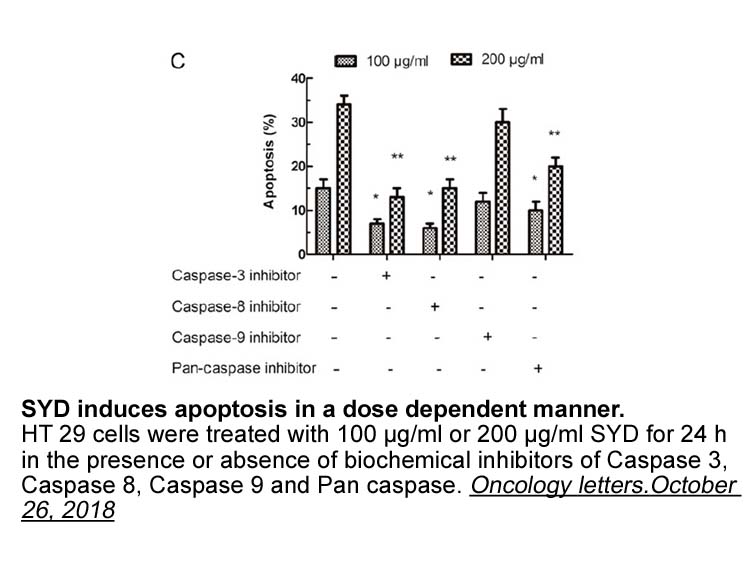
The putative 55-residue apelin proprotein (proapelin or apelin-55) is processed from a 77-residue preproprotein through removal of a 22-residue signal peptide (Table 1). Apelin-55 is further processed into bioactive isoforms of 36, 17, or 13 residues, likely through protease-mediated mechanisms. To
-
Aerobic exercise plays an important
2025-01-18
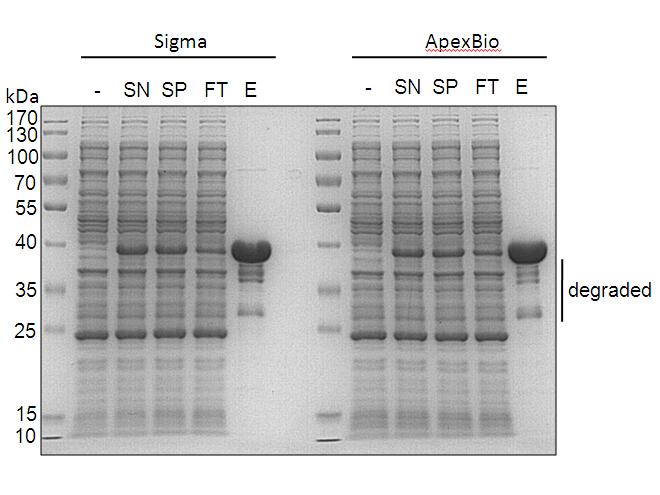
Aerobic exercise plays an important role in the regulation of Gallus gallus lysozyme peptide metabolism in the skeletal muscle. It is also associated with increases in AMPK and GLUT4 levels, resulting in the improvement of the glucose uptake signaling pathway [17,18]. Recently, it has been shown th
-
br Introduction There are greater than five million American
2025-01-17
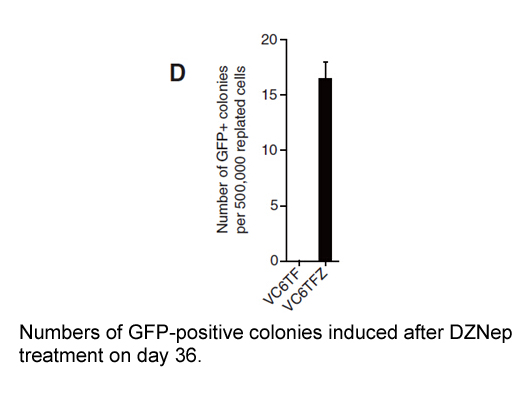
Introduction There are greater than five million Americans living with Alzheimer's dementia and more than 35 million people worldwide [1], and without a way to stop or slow the progression, there will be nearly a tripling of individuals affected by 2050 (13.8 million) [1]. The urgency to develop
-
AMPK is an essential player in adiponectin signaling pathway
2025-01-17
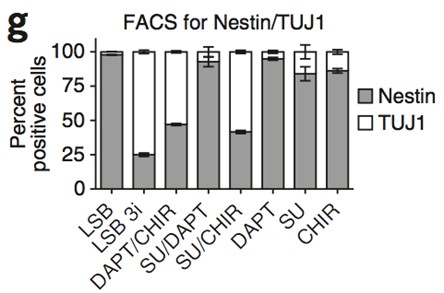
AMPK is an essential player in adiponectin signaling pathway that regulates energy metabolism. The fact that suppression of AMPK activity by compound C largely diminished candesartan-mediated inhibition of NFκB via blocking AT1 also suggests that the AT1-mediated effect is at least partly resulted f
-
br Occurrence of Inosine in RNA
2025-01-17
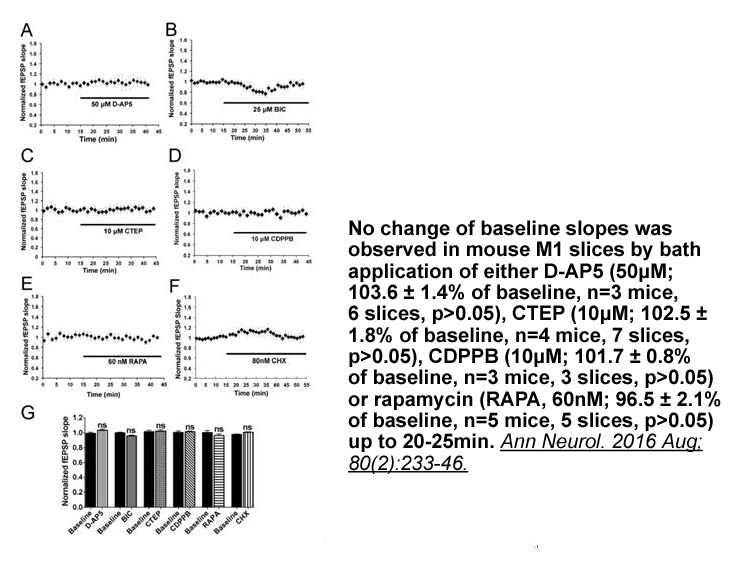
Occurrence of Inosine in RNA Inosine is widespread among various types of RNAs including transfer RNA (tRNA), ribosomal RNA (rRNA), messenger RNA (mRNA), long noncoding RNA (lncRNA), and microRNA (miRNA). Within these RNAs, inosine can appear in different locations as well. Table 1 lists examples
-
In an attempt to complete the overview of resistance mechani
2025-01-17

In an attempt to complete the overview of resistance mechanisms in Spanish codling moth populations, the aims of the present work were to assess the actual occurrence of AChE and kdr mutations in codling moth field populations from different pome fruit-growing areas of Spain, concurrently with the f
15927 records 28/1062 page Previous Next First page 上5页 2627282930 下5页 Last page